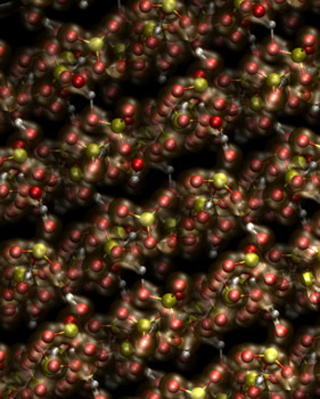Home » Course Layouts » Free Course Layout Udemy
This class discusses the origin of electrical, magnetic and optical properties of materials, with a focus on the acquisition of quantum mechanical tools.
0
1
English
English [CC]
- Learn basic syntax that can apply to any language.
- Learn what is a programming language and the basic concepts for beginners.
- Understand what is Javascript in it's truest form.
- Know the basic syntax of Javascript.
- Know some hidden quirks in Javascript.
Description
It begins with an analysis of the properties of materials, presentation of the postulates of quantum mechanics, and close examination of the hydrogen atom, simple molecules and bonds, and the behavior of electrons in solids and energy bands. Introducing the variation principle as a method for the calculation of wavefunctions, the course continues with investigation of how and why materials respond to different electrical, magnetic and electromagnetic fields and probes and study of the conductivity, dielectric function, and magnetic permeability in metals, semiconductors, and insulators. A survey of common devices such as transistors, magnetic storage media, optical fibers concludes the semester.
Note: The Magnetics unit was taught by co-instructor David Paul; that material is not available at this time.
Course content
-
- From particles to waves: the Schrödinger equation Unlimited
- The mechanics of quantum mechanics: operators, expectation values Unlimited
- Measurements and probabilities Unlimited
- The hydrogen atom and the periodic table Unlimited
- Periodicity and phonons Unlimited
- Electrons in a lattice: Bloch’s theorem Unlimited
- The nearly-free electron model Unlimited
- The tight-binding model Unlimited
- Semiconductors and insulators Unlimited
- Band structure engineering Unlimited
- Transport of heat and electricity Unlimited
- Inhomogeneous and hot carriers in semiconductors Unlimited
- The p-n diode Unlimited
-
- Optical materials and refractive index Unlimited
- Electromagnetism in dielectric media Unlimited
- Classic propagation of waves Unlimited
- Interband absorption Unlimited
- Excitons Unlimited
- Luminescence Unlimited
- Semiconductor quantum wells Unlimited
N.A
- 5 stars0
- 4 stars0
- 3 stars0
- 2 stars0
- 1 stars0
No Reviews found for this course.












